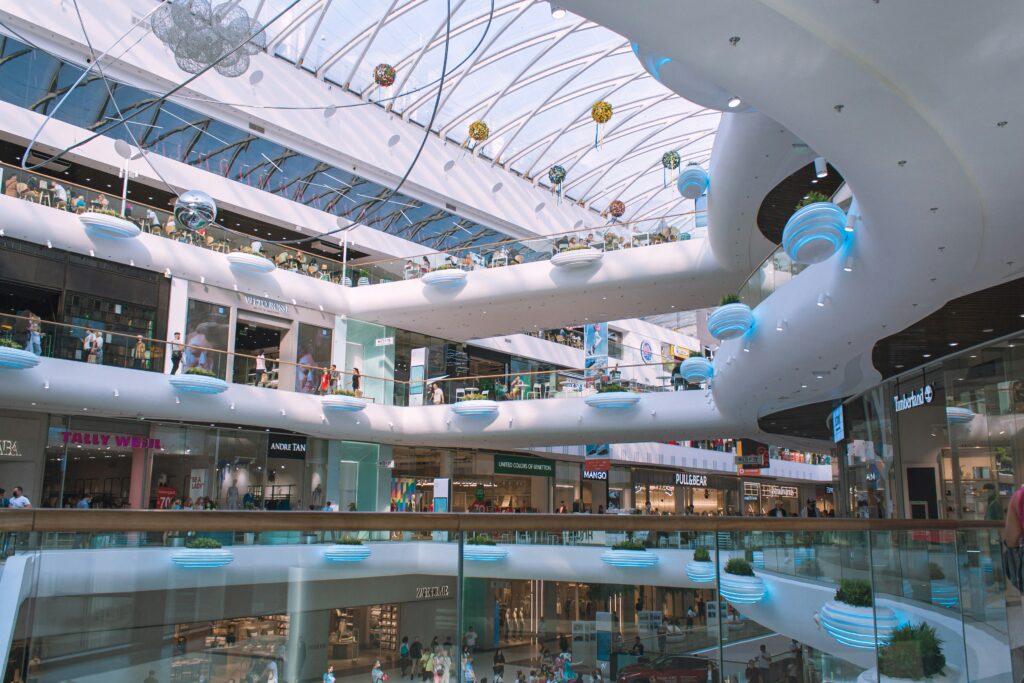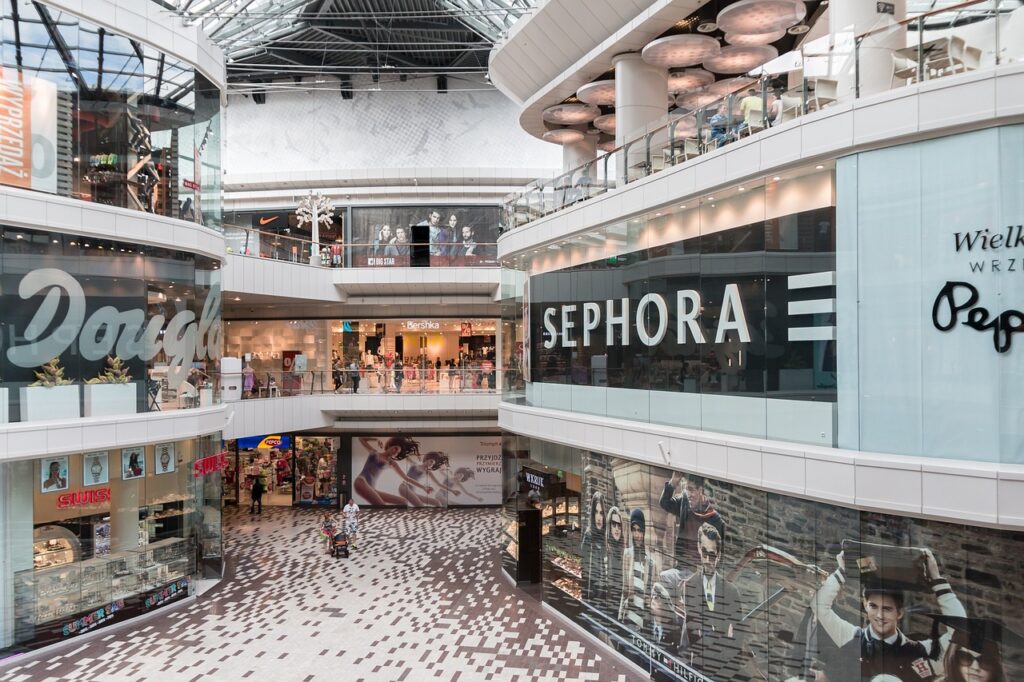
Shopping Malls are modern-day marketplaces that have been in constant change and significant transformation over the past few years. Initially introduced as a venue for purchasing goods, then transformed into a social hub offering a comprehensive experience and a combined ecosystem for shopping, entertainment centres, dining, and much more. The Mall ecosystem has become a complex network, making managing it evenly challenging and exhausting.
Even though being challenging mall businesses are still being developed and the robust structures are multiplying rapidly. To put it in numbers there were 271 malls in India during 2022 and nearly 60 new malls (occupying 23.25 million sq.ft) will be operational within 2023-2025 (India Brand Equity Foundation). The secret behind this constant growth lies in the strategic partnership between malls and their host brands. This symbiotic relationship builds a thriving ecosystem within the mall and plays a crucial role in attracting and retaining customers. By leveraging technology, enhancing customer experience, and embracing innovation malls have continuously been the vibrant social and economic hub.
Shopping malls/Shopping centres are a significant part of the real estate sector, particularly under the category of commercial real estate. They are into renting and leasing commercial spaces for retail brands. The revenue generated from rents and leases usually accounts for the major share of income for many malls (fixed income), service charges from tenants, and advertising revenue that a mall generates by hosting events (floating income). Although there are many ways to generate revenue but many fails to do so because of poor eco-system.


The success of a mall hinges on the ecosystem that it develops because that drives the foot traffic (footfall).
Here are the key components of a mall operation:
Location:
The location of a mall is one of the most crucial factors determining its success. A strategic location can significantly influence foot traffic, tenant mix, and overall profitability. While selecting a location the key aspects that are considered will be accessibility, visibility, demographics, economic environment, competition, synergy, amenities, etc.
Mall Structure:
The mall structure with strategic planning and designing creates a physical space that is among the core areas to create a cohesive environment. These physical spaces are built with a conscientious design that further encourages customers to their shopping experiences. These designs are usually divided into zones which are retail areas, common areas, food courts, entertainment areas, etc. Architectural appeal, natural light and ventilation, space utilization, and safety are further accounted in it.
Brands (tenants) and Retail mix:
As discussed above malls generate revenue by leasing out retail space to various tenants, which include anchor stores (large, well-known department stores) and smaller specialty shops. The rental income from these leases forms a significant part of the mall’s revenue. The retail mix also known as the tenant mix is a rental technique to efficiently utilize the space by creating a balanced mix of tenants. The most common practice currently used. The combination of the retail mix is a critical component of a mall’s strategy to attract and retain customers. It involves selecting a diverse and complementary range of retail tenants to create a balanced and appealing shopping environment.
This technique is followed by acquiring potential tenants and providing a mixed pool of brands and cater to multiple segments from luxury to cost-sensitive products.
– The factors for this are anchor stores which are the primary attraction e.g. Shopper Stop, Lifestyle for India, Target, and Walmart in the USA.
– Specialty brands such as fashion, sports, etc. e.g. Zara, H&M, Mark & Spencer, Nike, Puma, etc.
– Foods and Beverages includes fast food, cafes, food court, restaurants, etc.
– Entertainment and leisure include movie theatres, gaming zones, and indoor amusement parks.
– Services are also acquiring spaces in the retail mix like salons, spas, fitness centres, clinics, etc.
This comprehensive strategy is to create a one-stop solution and an overwhelming experience that serves many customers at one single time.
Thus, from choosing the right location for a mall to setting up further tasks, the output is not just a commercial charade but a well-developed and delivery-oriented ecosystem. A well-developed ecosystem can attract significant foot traffic, ensure high occupancy rates, and ultimately drive profitability. By understanding and leveraging these factors, mall developers and operators can create successful retail destinations that meet the needs of both tenants and consumers.
